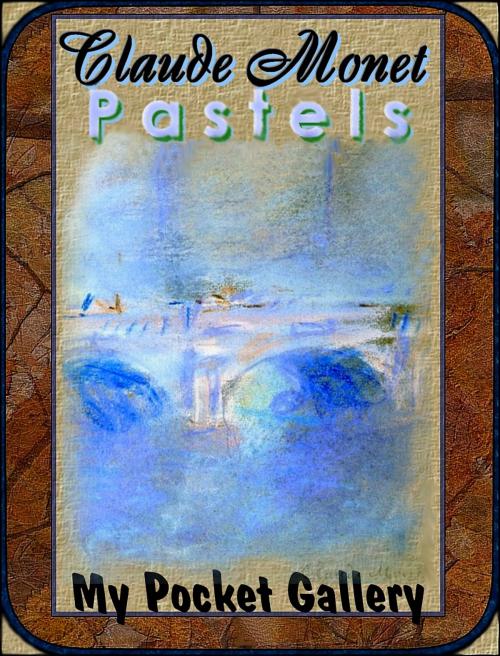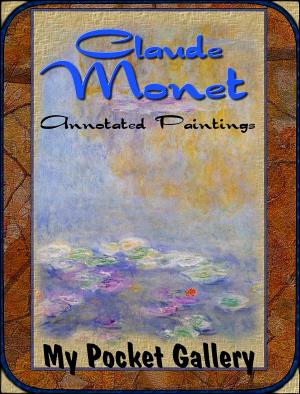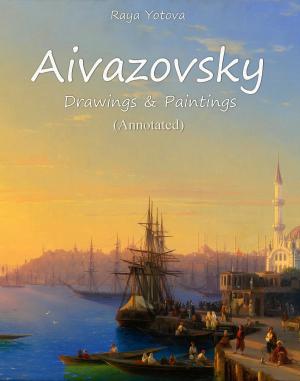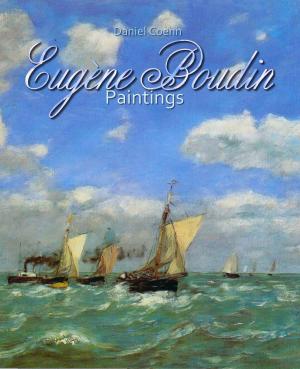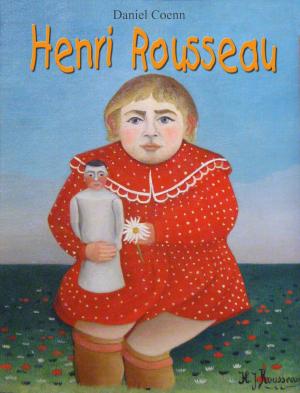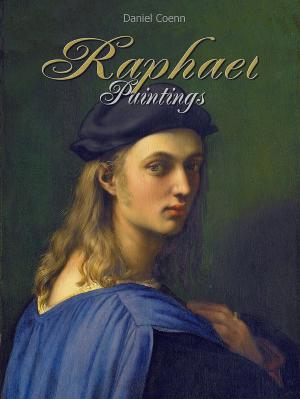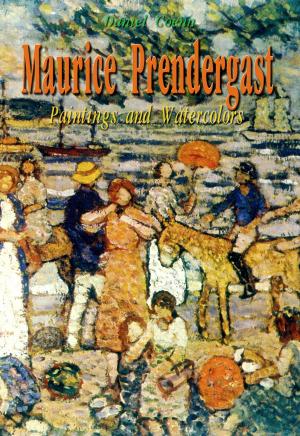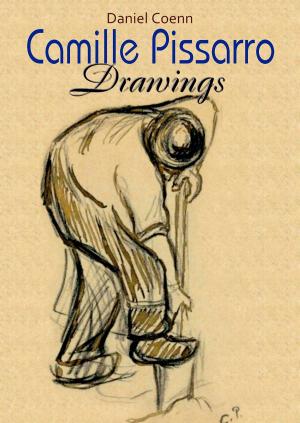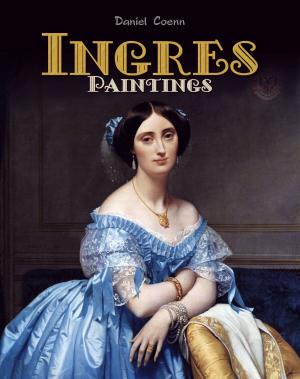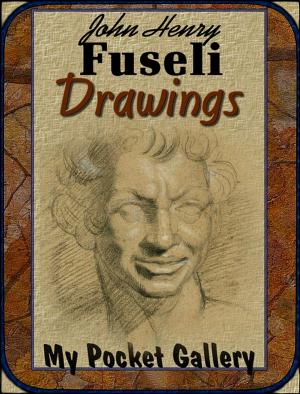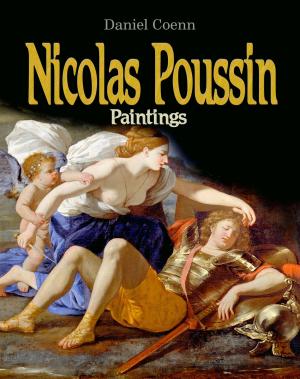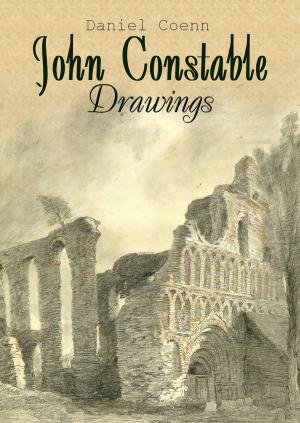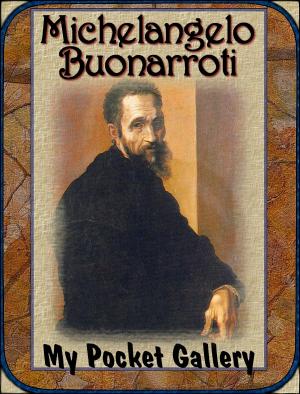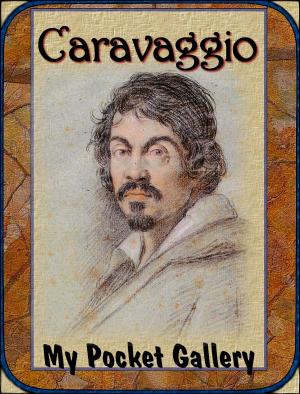Claude Monet Pastels
Biography & Memoir, Artists, Architects & Photographers, Nonfiction, Art & Architecture| Author: | Daniel Coenn | ISBN: | 1230000033748 |
| Publisher: | Classic & Annotated | Publication: | November 26, 2012 |
| Imprint: | 1 | Language: | English |
| Author: | Daniel Coenn |
| ISBN: | 1230000033748 |
| Publisher: | Classic & Annotated |
| Publication: | November 26, 2012 |
| Imprint: | 1 |
| Language: | English |
This Art Book contains reproductions of Claude Monet pastels. Book includes Table of Contents and is formatted for all e-readers and Tablets (use rotate and/or zoom feature on landscape/horizontal images for optimal viewing).
Although Monet helped perpetrate the myth that he did not, and maybe even could not, draw, nearly 500 of more than 2,500 his works are sketchbooks, drawings and pastels.
Works by Monet in pastel on paper are very rare - there are just over 100 known to exist.
At the first impressionist exhibition in 1874, Monet showed seven pastels alongside his oil paintings. For more than a decade Monet had been using pastel on visits to Normandy to capture the rich colors and dense textures of its fields, cliffs, and skies. Portable and versatile, pastel lent itself to the rapid notation of weather and atmosphere.
Pastels also appear to have fulfilled a private but essential role in Monet’s development. The medium, sitting between line and color, presented the possibility of marrying the dominance of line, the basis of an artist’s traditional training, and the freedom of color, towards which Monet naturally gravitated.
This Art Book contains reproductions of Claude Monet pastels. Book includes Table of Contents and is formatted for all e-readers and Tablets (use rotate and/or zoom feature on landscape/horizontal images for optimal viewing).
Although Monet helped perpetrate the myth that he did not, and maybe even could not, draw, nearly 500 of more than 2,500 his works are sketchbooks, drawings and pastels.
Works by Monet in pastel on paper are very rare - there are just over 100 known to exist.
At the first impressionist exhibition in 1874, Monet showed seven pastels alongside his oil paintings. For more than a decade Monet had been using pastel on visits to Normandy to capture the rich colors and dense textures of its fields, cliffs, and skies. Portable and versatile, pastel lent itself to the rapid notation of weather and atmosphere.
Pastels also appear to have fulfilled a private but essential role in Monet’s development. The medium, sitting between line and color, presented the possibility of marrying the dominance of line, the basis of an artist’s traditional training, and the freedom of color, towards which Monet naturally gravitated.
